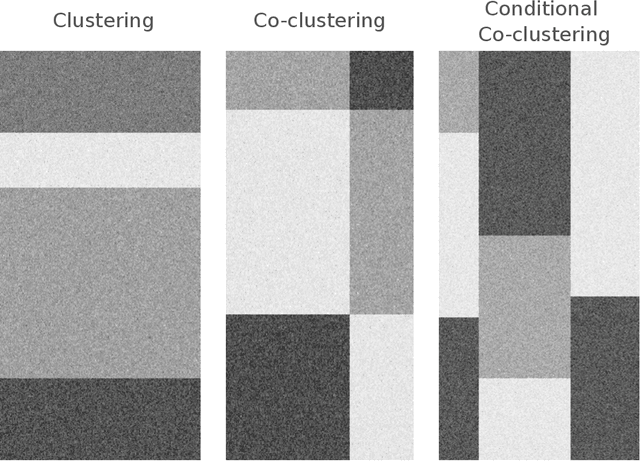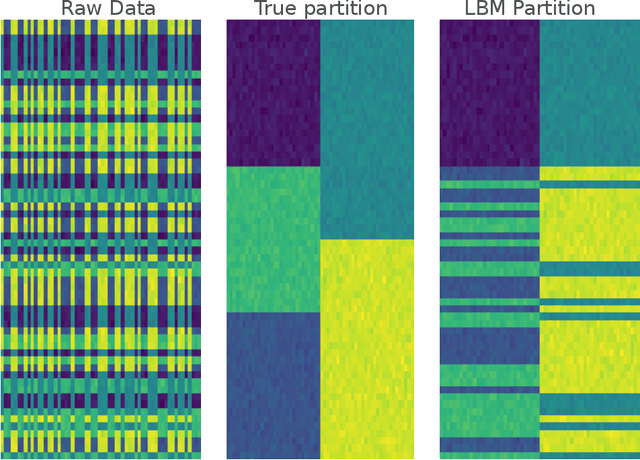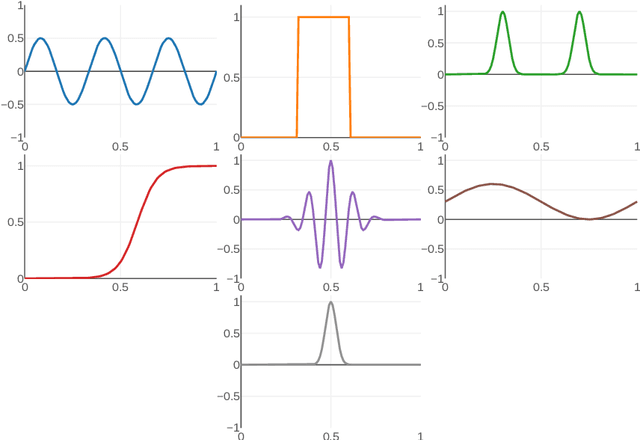Loïc Giraldi
Conditional Latent Block Model: a Multivariate Time Series Clustering Approach for Autonomous Driving Validation
Aug 03, 2020



Abstract:Autonomous driving systems validation remains one of the biggest challenges car manufacturers must tackle in order to provide safe driverless cars. The high complexity stems from several factors: the multiplicity of vehicles, embedded systems, use cases, and the very high required level of reliability for the driving system to be at least as safe as a human driver. In order to circumvent these issues, large scale simulations reproducing this huge variety of physical conditions are intensively used to test driverless cars. Therefore, the validation step produces a massive amount of data, including many time-indexed ones, to be processed. In this context, building a structure in the feature space is mandatory to interpret the various scenarios. In this work, we propose a new co-clustering approach adapted to high-dimensional time series analysis, that extends the standard model-based co-clustering. The FunCLBM model extends the recently proposed Functional Latent Block Model and allows to create a dependency structure between row and column clusters. This structured partition acts as a feature selection method, that provides several clustering views of a dataset, while discriminating irrelevant features. In this workflow, times series are projected onto a common interpolated low-dimensional frequency space, which allows to optimize the projection basis. In addition, FunCLBM refines the definition of each latent block by performing block-wise dimension reduction and feature selection. We propose a SEM-Gibbs algorithm to infer this model, as well as a dedicated criterion to select the optimal nested partition. Experiments on both simulated and real-case Renault datasets shows the effectiveness of the proposed tools and the adequacy to our use case.
 Add to Chrome
Add to Chrome Add to Firefox
Add to Firefox Add to Edge
Add to Edge